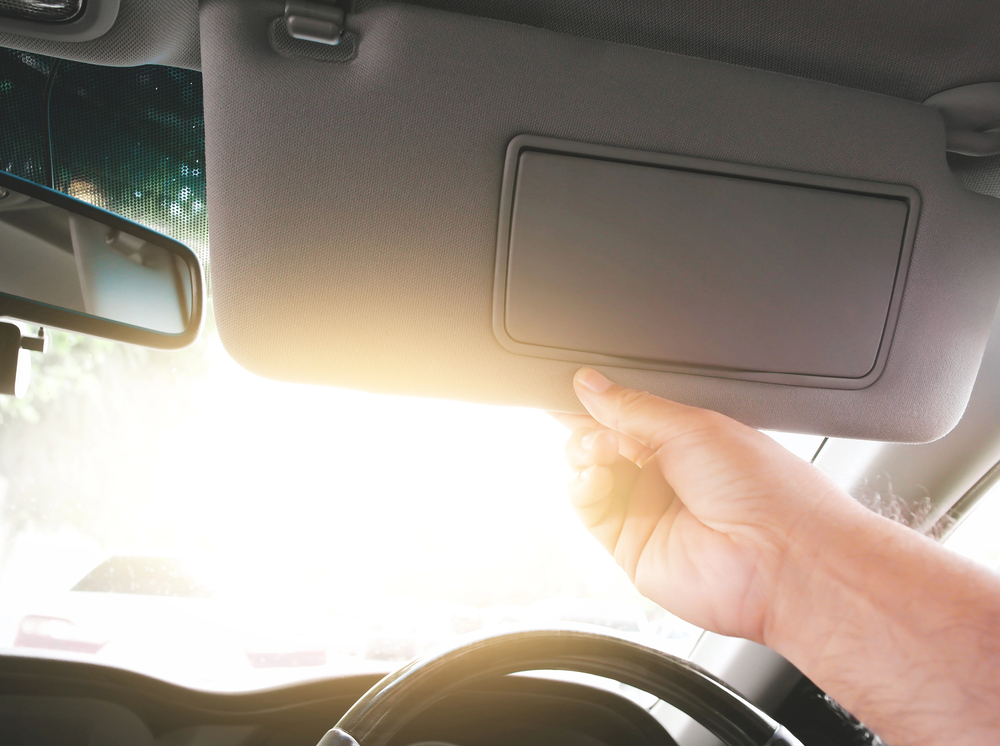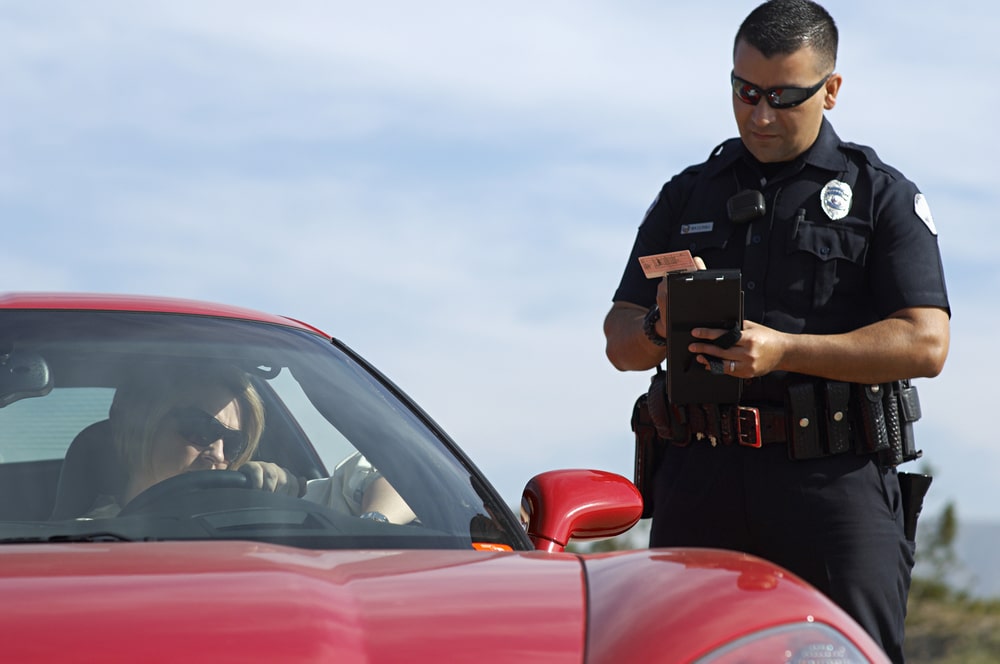How to Check for Hidden Flood Damage in Used Vehicles Before You Buy
Artak Sahakyan
Created by: Aug 08, 2025
|
Modified by: Nov 07, 2025

Buying a used car can feel exciting but also a bit scary. Most people, when they shop, look at mileage, check if the paint is shiny and maybe sit inside and see if it feels “nice.” But one thing that often gets forgotten is to check for signs of water damage. Every year, thousands of cars affected by floods end up back on the road without buyers knowing it. This is no small matter.
This kind of damage is tricky. It doesn’t always show. And the problem is water, especially salt floodwater, can mess up a car in ways that don’t show until months later.
Insurance data also shows growing issues. The Federal Emergency Management Agency pays more than $1 billion for flood damage to automobiles on a yearly basis.
NICB (National Insurance Crime Bureau) urges buyers to be careful after big storms, because flood-damaged cars often enter the used market - even without salvage titles. According to the U.S. Department of Justice estimates, up to 1 million refurbished vehicles with hidden flood damage could be sold on the market.
Why Flood Damage Is Dangerous
Dirty floodwater can carry mud, salt, chemicals and even sewage. Once inside a car, it can damage wiring, engines, brakes, and electronics. Sometimes damage shows only after months of driving through strange smells, electrical glitches or brake/steering problems.
Months after buying, the car can start showing strange problems:
- Lights flicker on the dashboard for no reason.
- The air smells damp and moldy.
- The brakes or steering start feeling “off”.
- Rust appears in places you don’t normally see.
The worst part? The car might look fine when you buy it. You might drive it for a few months…And then, one by one, problems start popping up. Lights flicker; windows stop working and strange smells appear. Fixing that? Not cheap. Once these problems start, fixing them can cost more than the car itself.
How to Do a Thorough Vehicle Flood Damage Check
Here’s what helps protect you:
- Run a VIN history checks before checking the car in person. Using a trusted service like CarValid.com can help spot flood history or questionable title changes early.
- Look carefully inside. Lift carpets and check the trunk and seat bolts for rust, mud or water lines. These clues often survive even deep cleaning.
- Use your nose. Musty, damp smells—or too much air freshener—are red flags.
- Test all electrical parts. Windows, locks, dashboard lights—even a minor glitch could point to water-related electrical damage.
- Inspect under the car. Check wiring connectors, metal parts, fuses and the spare tire well for signs of water exposure.
Watch for Small Signals That Something’s “Off”
- A price that seems too low compared to similar cars.
- Missing or inconsistent service records.
- The seller rushing you or not allowing a proper inspection.
Final Thoughts
Flood damage is dangerous and often invisible at first glance. With hundreds of thousands of flood-impacted vehicles on the road, a few careful steps - VIN history checks, thoughtful inspections and trusting your gut - can protect you from costly surprises.





